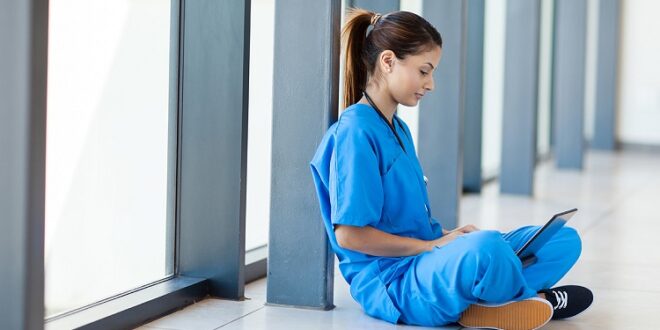If you are having postpartum swelling, the easiest thing to do is invest in some compression stockings.
Postpartum Swelling
Postpartum swelling is something that happens occasionally after pregnancy when water weight from during the pregnancy builds up in the body and doesn’t disperse after the birth. Swelling probably occurred during the pregnancy, too, and most often affects the legs, face, feet, and ankles. The American Pregnancy Association says that the pregnant woman’s body produces 50% more blood and other fluids than when it isn’t pregnant. The pregnant female might retain up to 3.0 kilograms, or 6.6 pounds of extra fluid to support the baby during pregnancy.
Postpartum swelling can occur after vaginal birth or cesarean section births. If you have had a c-section, there is an increased risk of blood clots, so please let your physician know about the extra swelling you have.
Compression Stockings For Pregnancy and Postpartum
One of the easiest and best ways to prevent problems with swollen ankles and calves is getting compression stockings. There is no reason you can’t wear compression socks for nursing, versus taking medications for swelling that can interfere with breastfeeding. Swelling to the lower extremities can be dangerous, especially if venous stasis occurs. This means that the blood is sitting in the veins for longer periods of time than it should, instead of being pumped back to the heart to be re-oxygenated and circulated. This can lead to blood clots, especially in the calves. If you ever have sharp pains in the calves while you are suffering from swelling, do not massage the area, and get seen by a medical professional to rule out a blood clot.
Since these kinds of problems postpartum with swelling lower legs are not common, generally compression socks for maternity and doing a few other things to encourage the swelling to subside is enough to make the swelling subside. Always keep your doctor informed, especially if your swelling isn’t improving at all with extra measures to relieve it.
Other Healthy Things To Do
There are a few other things you can do to help swelling in postpartum mothers’ lower legs.
- Drink Water – this might seem counter-intuitive, but drinking water keeps the kidneys flushed out, and waste products cleared out of the kidneys. This is very important for both healthy nursing and for swelling to keep drinking lots of water.
- Elevate The Feet- whenever you can put up your feet, you should; especially while sitting to do desk work or watch TV.
- Do Light Exercise – getting exercise will help your circulation, and the swelling should disperse sooner with exercise.
- Wear Loose Fitting Clothes — any tight-fitting clothing (besides compression stockings) that can constrict circulation in some key areas can make the problem worse.
- Avoid Salt – Too much salt can lead to swollen feet, ankles, lower legs, as well as fingers and hands. Cut back on the salt while cooking and try not to salt your prepared food, either. Stay away from salty junk food and soda pop, which contains more sodium than you might realize.
- Eat Potassium Rich Foods – Bananas, dark green vegetables, and other potassium-rich foods are a great idea, especially while nursing. You are probably taking your prenatal vitamin while nursing, too – so make sure you continue that, as well.
- Cut Down On Caffeine – Caffeine in coffee, soda, and chocolate will make it worse. Soda has extra sodium, as well, which makes the swelling worse.
- Get A Postpartum Massage. Even though your free time might not be very free with a new baby, try to make time for a massage if your ankle swelling is severe. This will stimulate the movement of lymph and will help disperse the edema.
 HammBurg Be informed with latest news, reviews, entertainment, lifestyle tips, and much more.
HammBurg Be informed with latest news, reviews, entertainment, lifestyle tips, and much more.




